
Blog management’s an effective way of helping brands spread positive word of mouth, create buzz online and improve overall customer experience. An important and inexpensive trait of the free CRM pipeline templateis the creation and management of blogs to convert leads into loyal customers. Consulting businesses help create blogs and build a website for your brand.
Surprisingly, starting a personal blog or a business blog is not that expensive concerning management and ongoing costs. However, once the website starts to receive high traffic, the costs do rise but so does the income. And once you start monetizing your blog; the money you earn is often proportional to the traffic it receives.
Be it a self-hosted blog, or a free blog on WordPress, there is always a way to create and manage a blog on limited budget. Apart from the costs, setting up the actual website is also pretty simple, mostly depending on the kind of host you pick. A little investment, in the beginning, can go a long way!
To make your lives easier, here is step by step guide on how to start your blog on a limited budget. We bet this won’t take you more than an hour!
Table of Contents
1: Select the Right Hosting Plan
The very first step of creating your blog is to select the right kind of host. A host is a firm or a company that provides the cyberspace to your blog online so that it becomes visible to your readers, fans,and followers. There are several free and paid blogging platforms out there; including Blogger, WordPress, etc. However,it isbest to start off with a self-hosted platform.
How to select the right hosting plan?
Bluehost is one host that offers a free domain and affordable pricing. The first step is to visit Bluehost.com and get started by selecting the available packages.It has a $3.95/month plan that you can pay in full for the number of months you wish to lease the service(e.g., paying for 24 months in full)or keep paying on a monthly basis.
Below is a list of their basic, plus, and prime package.You may choose a plan according to your convenience and get started.
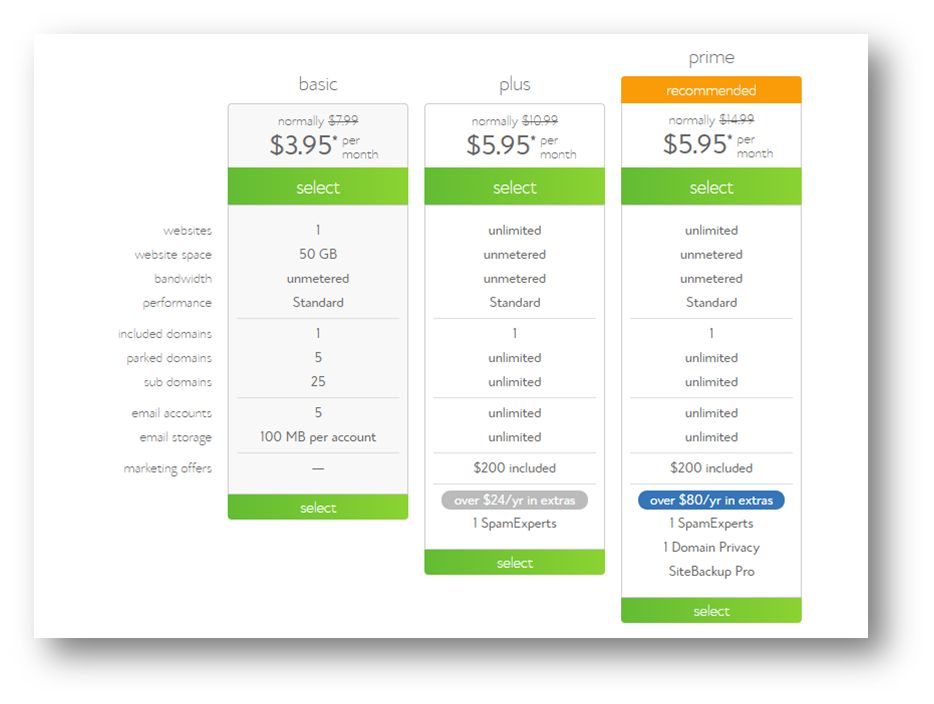
Create the Bluehost Account:
Once you have selected the right hosting plan, you can then move on to create your Bluehost account.
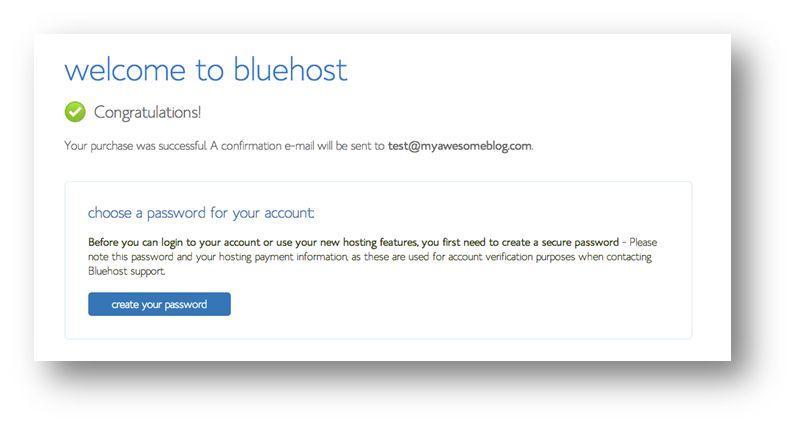
Once you’ve created your account, you can then use your password to Login to the Bluehost Account and create the WordPress Blog.
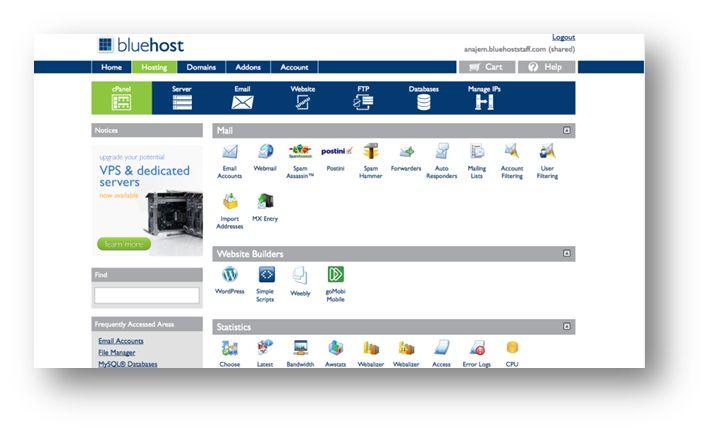
2. Install WordPress
What follows is the last step. This is where you will select your admin name and password to access your new WordPress blog.
While Bluehost is the hosting service, WordPress is the content management system. The best part is that when you sign up with Bluehost, it automatically installs WordPress for you. You will only be asked to select the login name and password for the WordPress account.
Here are a few guidelines and a procedure to follow:
- Visit the cPanel in on the Bluehost homepage and click on WordPress tab.
- Then click on the green START tab. Click start and choose the domain you want to install it on.
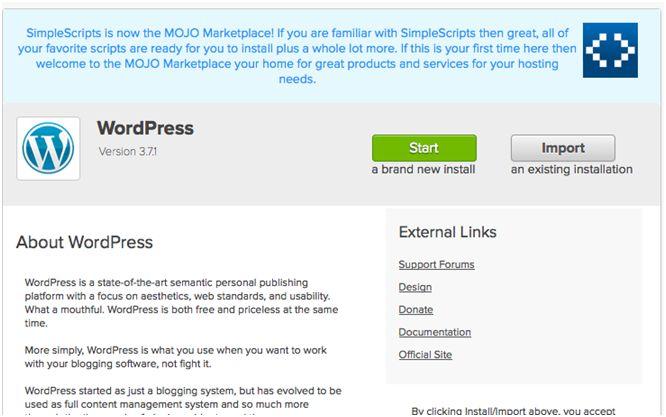
- Choose the domain you selected earlier which will become your website name.
- Continue with the installation once the domain has been selected.
3. Choose Your Domain Name
The domain name is the web address to your new blog. Most hosting sites offer free registration for a year upon choosing the 12-month hosting plan. A domain-privacy add-on is recommended so that personal information doesn’t leak out on the internet.
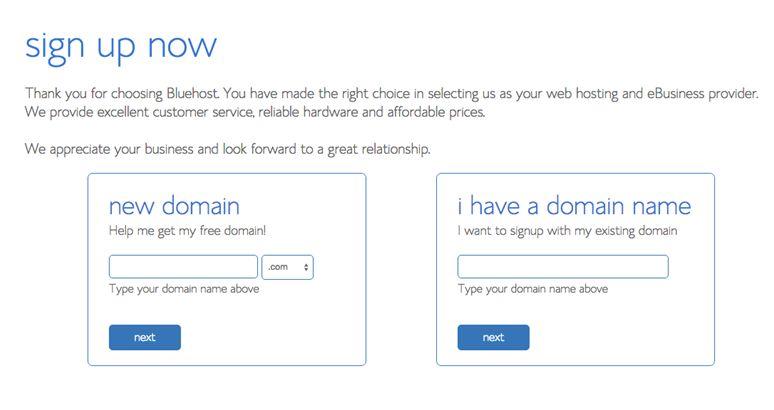
Once the add-ons are selected, you can then proceed on to filling in your billing information and creating the account with hosting service.
When selecting the domain name, choose the advanced option where the username and password for the actual site arecreated. Picking a unique and uncommon name for the domain is wise.
3. Select a Topic
Once the hosting plan is selected, step 3 is to choose an interesting topic for your blog. You may already have a topic in mind which is why you decided to start a blog in the first place. Be it a personal blog related to finance, marketing, current affairs or personal life events or be it promoting a brand; it is imperative that the content stands out.
Content can only stand out if it is unique. To build a loyal group or followers and readers, the authenticity of the blog matters the most. If you pin down what you’re passionate about; it will bring the much-needed flair to your writing. Many successful blogs are written on a variety of topics such as lifestyle, food, fashion, makeup and many more.
4. Choosing the Blog Theme
After all the steps above mentioned, you can use the admin id and password to login to your WordPress blog. To directly go to your blog from the search engine, type the following in your address bar: www.yourblogname.com/wp-admin

You will then have to select a theme or design for your blog. Genesis Framework is a famous framework that helps design your blog according to the theme of your website. However, this is a paid service. You can go for cheaper or free themes by clicking on appearance>>themes and select one of the themes already provided for free.
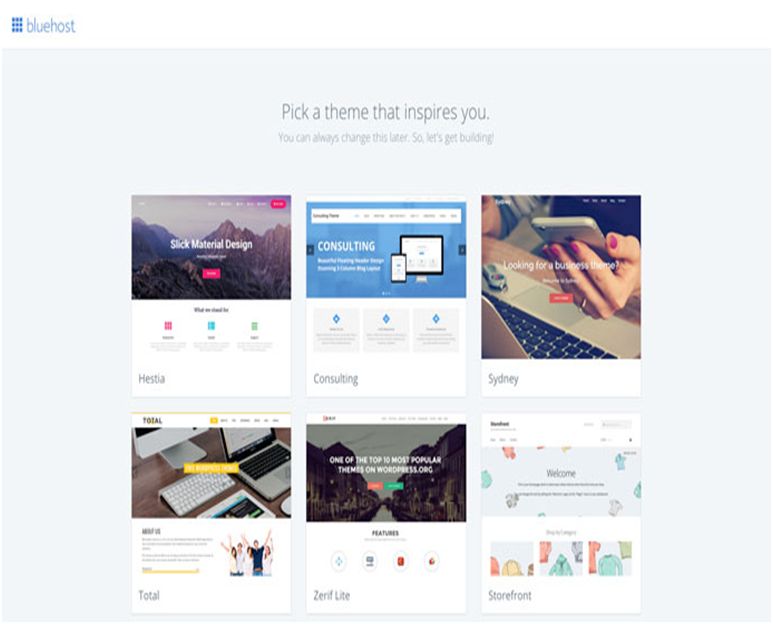
Once the theme has been chosen,and in place, the groundwork is done. You can now start building your blog and creating posts by navigating through the WordPress dashboard.
As the article suggests, starting a blog on a limited budget does not require you to be a tech-genius nor does it drain your time or monetary resources. Eventually, there are only two costs that matter namely; domain name and hosting cost.
A budget of $20/month for a domain name is quite sufficient for a relatively new website. However, for a basic WordPress compatible host, a budget of $5-$10/month is more feasible.If you sign up for a payment plan of three years,costs can go as low as $42 a year with the Bluehost plan. The annual costs are bearable,and you can only see your blog being successful if you make an initial investment. The real investment is the time needed to build the blog and increase traffic and readership by sharing relatable and interesting content.
Alma Causey is a Freelance writer by day and sports fan by night. She writes about tech education and health related issues. Live simply, give generously, watch football and a technology lover.
